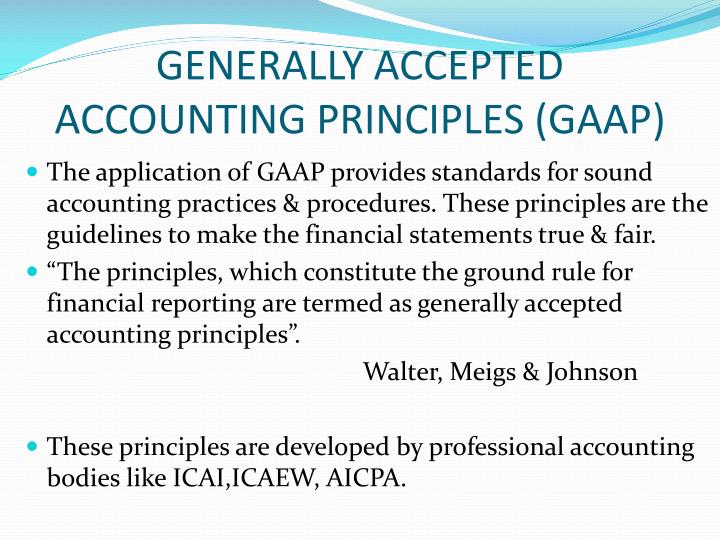Generally Accepted Accounting Practices
Standards & GuidanceThe —an approximate 2,500-page PDF—is the most up-to-date, authoritative source of generally accepted accounting principles (GAAP) developed for federal entities. It is updated annually to incorporate pronouncements issued by FASAB through June 30 of each year. The annual update includes incorporating amendments within each previously issued pronouncement.The following pronouncements have been issued since June 30, 2019, and are not included in the current handbook:. (PDF). (PDF).
Gangstar Vegas is an action and adventure game in an open world, like Grand Theft Auto, where you control a small time crook who wants to go up a notch in Las Vegas's underworld. As is to be expected in a sandbox game like this, in Gangstar Vegas you can do almost anything you want on the streets of this city.  Gangstar Vegas is a third-person shooter action game. You will play as a rising MMA champion. Framed by the mafia, you are supposed to throw your bout at the fighting event of the year. You have just become the most wanted man in the city.
Gangstar Vegas is a third-person shooter action game. You will play as a rising MMA champion. Framed by the mafia, you are supposed to throw your bout at the fighting event of the year. You have just become the most wanted man in the city.
Are you using synonyms for social media?– Not.– Why?Today, all areas of our lives are tightly interwoven with social media – be it family, friends, work or leisure. Today it is more Do social media take over the world?!? Social life synonyms dictionary.
The Accounting Practices Board (APB) The Accounting Practices Board ('APB') is the former standard-setting body in South Africa established in 1973 to consider and issue what should be generally accepted accounting practice (Statements of Generally Accepted Accounting Practices or SA GAAP).
(PDF)Each issuance is presented individually in the, and those issuances not already included in the will be incorporated into the next annual update.
By John Noblitt, MAEd, CBETIn the past two Prep Talk columns, we looked at key management issues you need to be aware of for the certified healthcare technology manager (CHTM) exam, such as how equipment purchasing fits into your organization’s strategic plan. This month’s installment looks at another area of the CHTM exam: accounting.Generally acceptable accounting practices—or GAAPs—help ensure that the measuring and disclosing of financial information is consistent, fair, honest and accurate.
The Financial Accounting Foundation (FAF) formed these practices under the Financial Accounting Standards Board (FASB) and the Governmental Accounting Standards Board (GASB). The FAF is an independent, private-sector, nonprofit organization that is responsible for the oversight, administration, financing, and appointment of the FASB and GASB boards. The FASB creates standards for private, public, and nonprofit organizations while the FASB is responsible for creating standards for state and local governments.The Securities Act of 1933—known as the “truth in securities” law, along with the Securities Exchange Act of 1934—was enacted because of fraudulent accounting practices that lead to the stock market crash of 1929. With the passage of these laws, the federal government began to endorse generally acceptable accounting practices, which allows investors to evaluate financial information to better determine investment opportunities.So how does this information apply to the CHTM exam? These accounting principles govern how and what is disclosed in a standard financial statement—something you should know about.
Standard content on all financial statements are the balance sheet, income statement, and cash flow data.The balance sheet must summarize the assets, liabilities, and equity at a certain point in time, such as monthly, quarterly, or yearly. The balance sheet may have financial information pertaining to the entire organization or a department within the organization, such as the HTM department. In accounting terms, the assets on the balance sheet are cash, marketable securities, accounts receivable, inventory, and fixed assets.
And liabilities include accounts payable, accrued liabilities, taxes payable, and long- and short-term debts.Think of liabilities as the opposite of assets since they are obligations that the department or organization must pay. Equity on the balance sheet is permanent, non-debt capitalization of the business. This equity is the capital assets and the accumulated profits less any distribution to the owners/stockholders, such as stock dividends. Consider the balance sheet a picture of the company’s assets, which will always be equal to the liabilities plus the equity.A financial statement’s income statement shows the financial performance over a period of time, usually quarterly or yearly. Whether departmental or organizational, the income statement is revenue minus expenses, which will equal net income.
Cash-flow statements—which show the source of the department or organization’s cash flow—are always reported at the same time as the income statement. Moreover, cash flow is the net income, plus other noncash charges that were subtracted from the revenues when calculating the net income of the income statement.Obviously, this information is only a brief summary of a financial statement—and real statements are much more detailed than what is mentioned here. For example, the assets listed on the balance sheet may be current or noncurrent. Current assets are cash and accounts receivable, which should be turned into cash within the year, and these may have numerous line items showing where the assets originated. Noncurrent assets are often broken down into fixed assets and nontangible assets. Fixed assets can be physical assets, such as building structures, land, and equipment, while intangible assets may include items like trademarks and patents.HTM professionals are not CPAs, so you’re not likely to see questions about extremely detailed accounting principles on the CHTM exam.

However, knowing general accounting principles and how they may apply to running a good HTM department in a health care facility will be extremely valuable to you as you prepare for the test. I hope you find this information useful as you prepare to become a certified HTM professional.John Noblitt, MAEd, CBET, is the BMET program director at Caldwell Community College and Technical Institute, Hudson, NC.
For more information, contact chief editor Keri Forsythe-Stephens at.Quick Study1) GAAP dictates that these items must be included in a financial statement:a). Balance sheet, market securities, cash-flow statementb.
Balance sheet, work-flow statement, cash-flow statementc. Balance sheet, equity statement, accrued liability statementd. Balance Sheet, income statement, cash-flow statement.2) This organization is responsible for creating GAAP standards for public, private, and nonprofit organizationsa. Securities Exchange Commissionb. General Accounting Standards Boardc. Governmental Accounting Standards Boardd. Financial Accounting Foundation3) According to GAAP, a financial statement must include this information:a.
Assets, liabilities, equityb. Assets, liabilities, taxesc. Nondebt capitalization, net income, revenued. Income source, assets, equity4) Accounts payable, accrued liabilities, taxes payable, along with long- and short-term debt, must be included in which area of a financial statement, according to GAAP?a. Income statementAnswers: 1.d; 2.b; 3.a; 4.b.